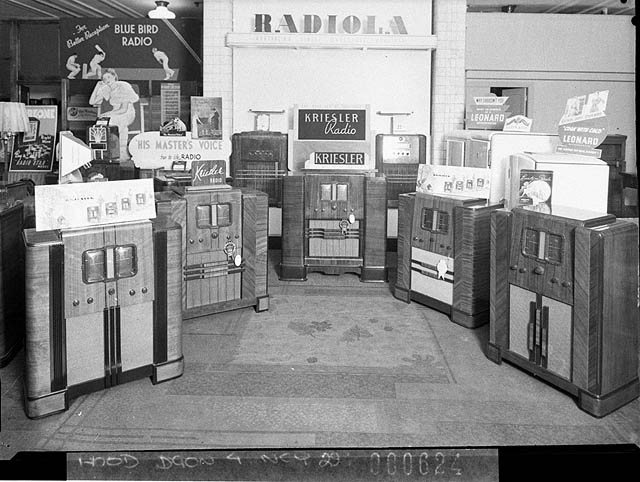
On this week’s episode of The Secret Life of Machines, hosts Tim Hunkin and Rex Garrod delve into the history and development of the radio.
Radio waves are simply energy flying through the air around us, and as the show opens Hunkin and Garrod prove this point by stringing an aerial wire between two buildings and using the radio waves to power a small crystal receiver. As for the discovery of radio waves in the first place, Hunkin walks the viewer through an explanation of Heinrich Hertz’s experiments with radio pulses (a demonstration repeated in London at the Royal Institution by Oliver Lodge).
Further demonstrations by Hunkin and Garrod take the viewer through the work of Guglielmo Marconi and development of different methods of tuning the radio waves–first by modulating their amplitude, and later by modulating their frequency. Hunkin also makes a visit to the British Vintage Wireless Museum, although sadly the gentleman who gives the tour of the exhibit–Gerald Wells–passed away in 2014.
The show ends almost where it began, with a further discussion of the workings of a crystal radio receiver. In fact, this might be a good episode to get your kids interested in radio science to the point that you could even tackle building a crystal set of your own.

